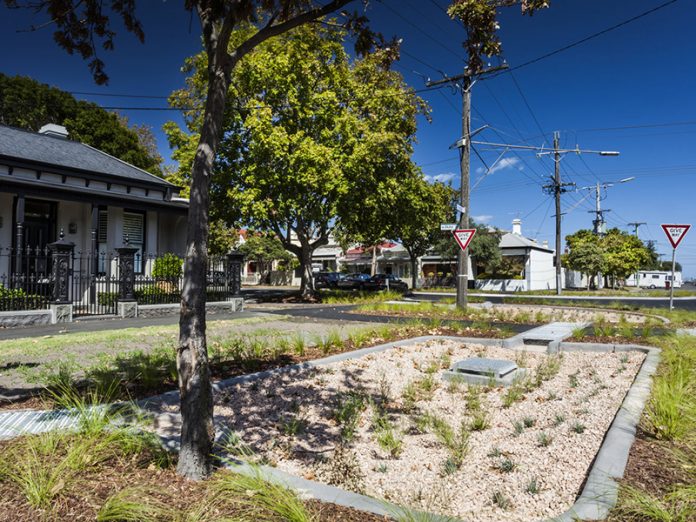No one could have predicted the impact of COVID-19 and the challenges it presented. It exposed vulnerable supply chains, crumbling infrastructure, and dysfunctional systems that hindered collective action. Organisations struggled to respond. In the UK alone, the economy was hit by the sharpest fall in 41 years and almost a quarter of British retailers reported heavy disruption to supply chains during the height of the pandemic. However, there is a greater threat looming and it poses a grimmer reality.
Before the pandemic, climate change was set to be the most talked about topic of the decade. Its perpetual physical, economic, and social impacts were quickly becoming clear. In 2019, alone, 24.9 million people around the world were displaced as direct results of disaster-related activities. The number of reported disasters has nearly tripled since 1980, and the cost of those disasters is up 600%, to nearly $200 billion every year. This cost is predicted to rise to $234 billion by the year 2040, according to University of Cambridge researchers.
The challenge of managing climate risk
Businesses and governments alike have long been aware of the looming impacts of a changing climate. Though sustainability goals have become increasingly ambitious, companies and cities alike have been slow to integrate climate risk into overall risk management strategies and long-term investment decisions. The delay can be attributed to two underlying gaps: a failure to appropriately understand these risks and hurdles in our foundational systems to execute on them. Building resilience against climate change is still possible and, thanks to the pandemic, we’ve already had a head start.
But to build resilience, organisations face a tremendous gap in intelligence. While organisations are aware of the global risks driven by climate change, translating those complex, intersecting risks into the direct or indirect impacts on a city or business is uniquely challenging because the risks they face can be both acute and disruptive, like floods, famines and hurricanes, but also chronic and gradual like softening consumer demand, rising inequality, and regulation.
Resilience also requires gathering intelligence to reduce the unknowns to best prepare for complex and interconnected risks, while simultaneously building a foundation of information and processes to act quickly amidst the unpredicted, disruptive risks.
Based on these challenges, three key solutions come to light when it comes to build long-last resilience: technology, operational agility, and coalitions.
Working as one, innovation and investment
The COVID-19 pandemic has exposed tremendous systemic weaknesses, but clear solutions have also emerged. Successful companies and governments used science and technology to model and test the spread of the virus, using those insights to quickly shift operations and form coalitions to implement the necessary measures. These are the same levers that must be employed to better plan and execute on measures that build climate resilience.
Technology can better model and track complex systemic risks and new tools have emerged that significantly narrow the knowledge gap. These tools will help entities better model future risks and respond quickly in times of crisis. Investing in the likes of climate mapping tools, which can inform real estate decisions, infrastructure design and manufacturing planning, and Digital Twins to simulate complex climate environments allows organisations, city planners, and policymakers to visualise the real impact of climate change in order to prepare and plan ahead.
In moments of crisis, diverse groups of organisations manage to band together across a community. The COVID-19 pandemic has revealed a myriad of examples in which cities, hospitals and businesses have come together to build temporary hospitals, develop vaccines or connect citizens with testing facilities. However, rallying collective accountability is far more challenging to activate when it comes to planning rather than reacting.
Though stakeholders have engaged in cross-sector and multi-stakeholder collaborations for years to drive resilience planning, these actions must be accelerated to meet the moment. Partnerships across diverse stakeholders often fail to gain momentum due to misalignment of incentives or limited visibility across groups. Without carefully crafted business cases driven by shared directional visions, engagement models, and transparent progress reporting, collective action will stall or erode over time.
On an operational level, to withstand economic shocks, organisations must invest in infrastructure, operational buffers, and flexible systems that harden assets and build agility. But both knowledge and implementation gaps hinder progress. Though companies are increasingly disclosing climate-related risks, few are sufficiently calculating the financial impact or probability of those risks. Without solving this knowledge gap, most organisations will not be well-positioned to implement the necessary mitigative measures. Instead, organisations should leverage the lens of climate risk to revisit operational risk management and reframe investment criteria by considering investment decisions on a portfolio basis, localising sources and suppliers and educating the value chain on their risks.
Diverse ecosystems are also an essential lever to tackle the collective challenges posed by climate change. While communities often band together following an extreme event, this collective action is far more difficult to rally at the planning stage. For years, forums like The World Business Council for Sustainable Development (WBCSD) and The World Economic Forum have emerged to facilitate learnings and exchange knowledge. Yet gaps remain in executing on many of these collective best practices at the local level. Without clearly defined incentives and accountability, progress within local ecosystems will be slow. To best address these barriers, partners need a clear business case, carefully designed engagement models that share the upfront costs and operational risks of large infrastructure investments, and transparent communication on progress. For example, Energy-as-a-Service models, like an on-site solar power purchase agreement, makes no up-front investment and pays for the service (i.e., green energy) as it benefits from it.
A pivotal moment to accelerate sustainability
Whilst businesses are in full recovery mode for COVID-19, it’s important to look ahead to the next threat. Despite COVID-19 taking the spotlight in the last few months, climate change is still happening and leaders must capitalise on the increased willingness and urgency to implement transformative changes that build resilience.
Organisations and governments are already emerging from the COVID-19 crisis with climate change in mind. The European Union has secured ambitious coronavirus recovery package focusing primarily on a green recovery and in Genoa, Italy, construction crews have completed the rebuilding of the Morandi bridge in record time, replete with solar panels to fuel the robust network of sensors that monitor maintenance needs.
As the effects of climate change are increasingly felt around the world, there can be no delay on seizing the innovation and the passion from collective mindsets to tackle what is the defining issue of our time. The more we’re primed and prepared for climate change, the better position we’re in to win the fight. To build true resilience, businesses and governments must leverage the urgency of the moment to enact structural change, adopt new technology and come together to jointly enact progress.
About the Author

Malavika Bambawale is Managing Director, Sustainability Solutions at ENGIE Impact. She has over 20 years of experience in sustainability, including projects in clean energy, smart cities, climate change, and sustainable agriculture. In that time she has worked with the private sector, governments, and the development sector in countries around the world.


































